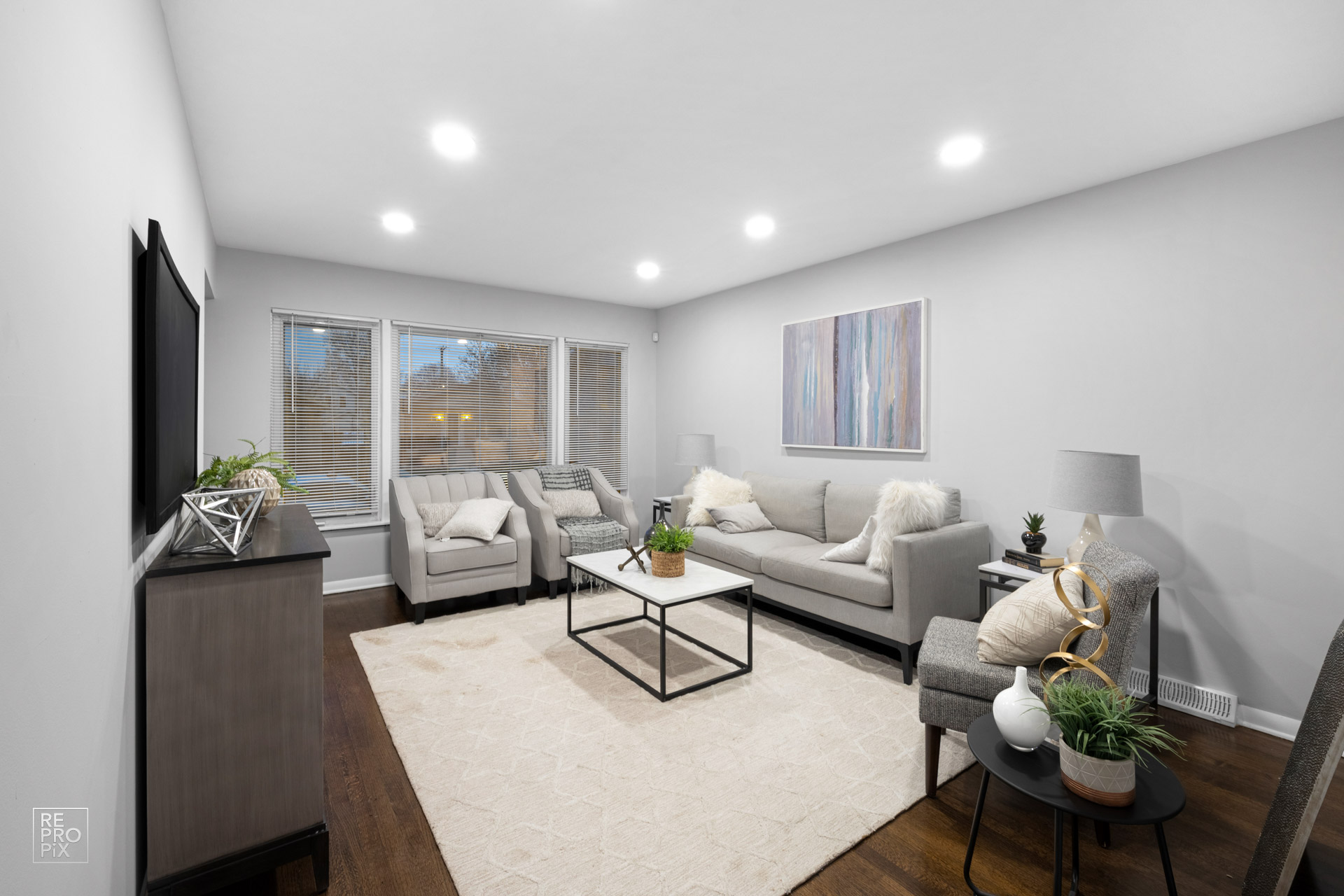

The Crucial Role of Virtual Staging
By Repropix Editor
The Crucial Role of Virtual Staging: Transforming Real Estate Marketing.
In the ever-evolving landscape of real estate marketing, virtual staging has emerged as a game-changing technique, revolutionizing the way properties are presented to potential buyers. In this blog post, we’ll explore the concept of virtual staging, unravel its significance, and delve into why it has become a crucial element in modern real estate marketing strategies. So, read more about The Crucial Role of Virtual Staging.
Understanding Virtual Staging: Bringing Imagination to Life.
Virtual staging is a technology which is used to enhance the visual appeal of a property by digitally furnishing and decorating spaces. Unlike traditional staging, which involves physically placing furniture and decor in a property, virtual staging is a cost-effective and versatile solution that allows real estate professionals to showcase a property’s potential without the need for physical furnishings.
Key Components of Virtual Staging.
Digital Furniture Placement.
Virtual staging involves the strategic placement of furniture, decor, and other design elements within a property using specialized software. This process transforms vacant or minimally furnished spaces into inviting, fully decorated environments.
Customization and Personalization.
Virtual staging offers a high degree of customization, allowing real estate professionals to tailor the staging to the target demographic. Different styles, color schemes, and layouts can be experimented with to create the most appealing visual representation.
Adaptability to Various Platforms.
The digitally staged images can be seamlessly integrated into various marketing materials, including online listings, websites, social media, and printed materials. This adaptability ensures a consistent and attractive presentation across all marketing channels.
Why Virtual Staging Matters in Real Estate Marketing?
Cost-Effective Alternative to Traditional Staging.
Traditional staging involves the rental, transportation, and setup of physical furniture, incurring substantial costs. Virtual staging eliminates these expenses, providing a cost-effective alternative that doesn’t compromise on visual impact.
Appealing to a Broad Audience.
Virtual staging allows for the creation of multiple design options to cater to diverse tastes. Whether targeting a family with a classic aesthetic or a young professional with a modern preference, virtual staging enables real estate professionals to appeal to a broad audience.
Enhancing Online Listings.
In the digital age, the first impression often occurs online. Virtual staging transforms empty spaces into warm, welcoming environments in online listings, capturing the attention of potential buyers and encouraging them to envision the property’s potential.
Highlighting Property Potential.
Virtual staging is particularly beneficial for vacant properties or those with outdated furnishings. It helps buyers visualize the possibilities, showcasing a property’s full potential and encouraging them to see beyond its current state.
Accelerating the Sales Process.
A well-staged property is more likely to attract serious buyers quickly. Virtual staging expedites the sales process by presenting a property in its best light, prompting quicker decision-making and potentially reducing time on the market.
Adaptability to Changing Trends.
Real estate trends and buyer preferences evolve over time. Virtual staging allows for swift and adaptable adjustments to keep the marketing strategy aligned with current styles and preferences.
A Visual Transformation for Real Estate Success.
Virtual staging is not just a technological innovation. It’s a visual transformation that empowers real estate professionals to market properties more effectively. By creating appealing and personalized visual representations, virtual staging captivates potential buyers, accelerates the sales process, and ultimately sets a property apart in a competitive market. As the real estate industry continues to embrace the digital age, incorporating virtual staging into marketing strategies is becoming not just important but essential for success in the modern marketplace.
The Crucial Role of Virtual Staging for Real Estate Agents.
Traditional staging involves the logistics and expenses of renting, transporting, and arranging physical furniture. Virtual staging eliminates these costs while providing the same visually appealing results. It allows real estate agents to transform empty spaces into beautifully furnished homes, capturing the attention of potential buyers without breaking the budget.
Moreover, every buyer has a unique taste and preference when it comes to home aesthetics. Virtual staging enables real estate agents to cater to a diverse audience by creating multiple design options. Whether potential buyers prefer a classic, contemporary, or eclectic style, virtual staging allows for customization, ensuring that the property resonates with a broad spectrum of tastes.
What is more, in the digital age, online listings serve as the first point of contact between a property and potential buyers. Virtual staging brings these listings to life by transforming vacant or sparsely furnished spaces into inviting, fully decorated homes. This not only captures the attention of online browsers but also helps prospective buyers envision the true potential of the property. This increases the likelihood of them exploring the property further.
Also, a well-staged property creates an emotional connection with potential buyers. This allows them to see the space as their future home. Virtual staging expedites the decision-making process by presenting a property in its best light. When potential buyers can visualize the possibilities and imagine themselves living in the space, it often leads to quicker decisions. This reduces the time the property spends on the market.
Furthermore, properties can present a challenge in terms of capturing the imagination of potential buyers. Virtual staging addresses this issue by providing a solution to showcase the property’s potential. It allows real estate agents to highlight key features, emphasize functionality, and create a warm and inviting atmosphere, making it easier for buyers to connect with the property on an emotional level.
Besides, real estate trends and buyer preferences evolve over time. Virtual staging offers the flexibility to adapt to these changes swiftly. Whether it’s adjusting styles, layouts, or design elements, virtual staging allows real estate agents to keep their marketing strategy aligned with current market trends. This ensures that the property remains visually appealing and competitive.
Finally, virtual staging is a time-efficient solution that enables real estate agents to showcase a property’s potential without the logistical challenges associated with traditional staging. Additionally, digitally staged images can be easily shared across various marketing channels, including online listings, websites, social media, and printed materials, expanding the property’s reach and visibility.
Raise Up Property Presentations For Optimal Results.
In the competitive realm of real estate, where first impressions matter profoundly, virtual staging emerges as a strategic ally for real estate agents. From cost-effectiveness and audience appeal to enhancing online listings and accelerating buyer decisions, virtual staging is a versatile tool that significantly contributes to successful property sales. By incorporating virtual staging into their marketing strategies, real estate agents can not only save time and resources but also create a lasting impact on potential buyers, increasing the likelihood of successful transactions in a dynamic and evolving market.


















